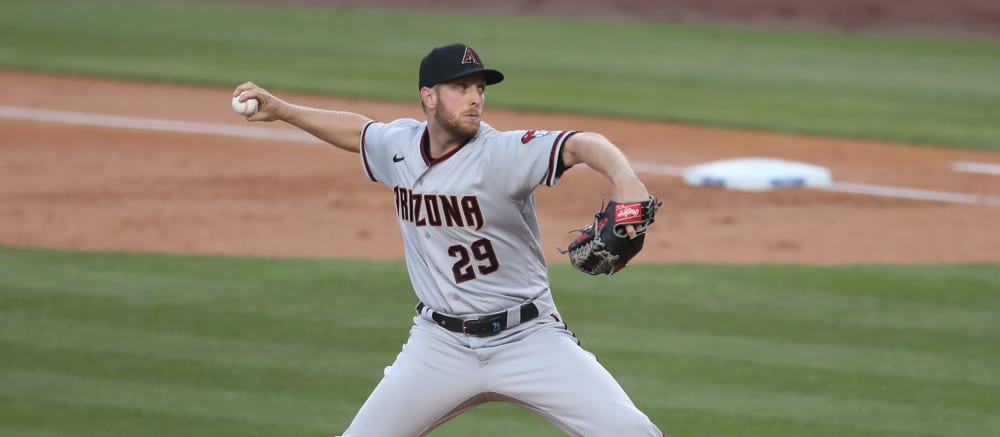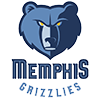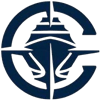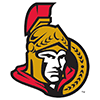The Mets catcher will undergo surgery to repair a torn ligament in his thumb. The digit was injured as Alvarez slipped rounding first. The force resulted in a torn ulnar collateral ligament (UCL) (no not THAT UCL) in the thumb. Let me explain.
The thumb is made up of three bones, not four like the other digits of the hand. While fingers two through five (pointer to pinkie) have three phalanges, the thumb only has two phalanges. While each of the proximal phalanges articulates with the corresponding metacarpal, the design of the thumb joint is unique allowing for more mobility. The first metacarpal of the thumb also articulates with one of the carpal bones of the wrist, forming a joint known as the carpometacarpal (CMC) joint, a saddle-shaped articulation. Just above the CMC joint sits the metacarpophalangeal (MCP) joint, formed from the proximal phalanx joins and the first metacarpal. The MCP is stabilized by two ligaments: the UCL and the radial collateral ligament (RCL). The UCL serves as the primary stabilizer and is located near the webbing of the hand and second (pointer) finger. The RCL sits on the opposite side of the thumb, closer to the wrist. Together, the two ligaments fortify the thumb during the pinching motion or when attempting to grip an object, like a baseball bat or ball.
The UCL of the thumb is frequently sprained in baseball, often when a player performs a headfirst slide and gets the digit hung up on the
The Mets catcher will undergo surgery to repair a torn ligament in his thumb. The digit was injured as Alvarez slipped rounding first. The force resulted in a torn ulnar collateral ligament (UCL) (no not THAT UCL) in the thumb. Let me explain.
The thumb is made up of three bones, not four like the other digits of the hand. While fingers two through five (pointer to pinkie) have three phalanges, the thumb only has two phalanges. While each of the proximal phalanges articulates with the corresponding metacarpal, the design of the thumb joint is unique allowing for more mobility. The first metacarpal of the thumb also articulates with one of the carpal bones of the wrist, forming a joint known as the carpometacarpal (CMC) joint, a saddle-shaped articulation. Just above the CMC joint sits the metacarpophalangeal (MCP) joint, formed from the proximal phalanx joins and the first metacarpal. The MCP is stabilized by two ligaments: the UCL and the radial collateral ligament (RCL). The UCL serves as the primary stabilizer and is located near the webbing of the hand and second (pointer) finger. The RCL sits on the opposite side of the thumb, closer to the wrist. Together, the two ligaments fortify the thumb during the pinching motion or when attempting to grip an object, like a baseball bat or ball.
The UCL of the thumb is frequently sprained in baseball, often when a player performs a headfirst slide and gets the digit hung up on the bag. Multiple players including Bryce Harper, Mike Trout and fellow catcher Salvador Perez have sustained significant UCL injuries that required surgery to mend. Perez was back in action after 37 days, right in line with average time lost of six to seven weeks. Look for Alvarez to return in late May or early June. Omar Narvaez will slot in as New York's everyday catcher with Tomas Nido seeing the occasional start.
The Diamondbacks pitcher is undergoing additional testing to determine the severity of his shoulder strain. Kelly is dealing with a strain of the teres major, a muscle that anchors to both the scapula (shoulder blade) and the humerus (upper arm bone). The teres major is on top of the upper portion of the latissimus dorsi and plays a role in multiple motions of the shoulder, including internal rotation. Additionally, it is a stabilizer of the shoulder, making it crucial in fluid pitching mechanics, specifically the final stages of the cocking phase. It also helps generate velocity during the acceleration and follow through phases.
Injuries identified as teres major strains have become more commonplace in recent seasons, with multiple pitchers sustaining the injury. The list of players to endure the injury includes Triston McKenzie, Justin Verlander, Jose Leclerc, Max Scherzer and Mike Clevinger.
Kelly's return to play will depend on the severity of the strain. It is currently being described as "mild," suggesting a low-grade strain. A minor strain would still likely result in a multiweek absence, but a return in two to three weeks is possible. However, if a more substantial strain is uncovered, Kelly could be staring at an extended absence. The average time lost for moderate to severe strains is 10 to 11 weeks. Look for more information to emerge in the coming days and set the table for Kelly's expected recovery window.
Check Swings
Ozzie Albies: The Braves second baseman is moving smoothly in his rehab protocol and has shed the walking boot protecting his fractured big toe. He has begun fielding drills and will continue to increase his workload barring a setback. Albies is eligible to return on Friday, April 26, but a return the following week seems more likely. Be prepared for routine days off when he does return to action.
Kyle Bradish: The Orioles ace will continue the rehab assignment for his sprained right UCL into next week after completing his second start over the weekend. His velocity was reportedly solid, though his command was a bit erratic. He surrendered four earned runs on six hits and three walks over 3.1 inning pitched. It's not overly alarming at this point, but it does appear he will still need more time in the minor leagues before rejoining the Orioles. Remain patient here.
Triston Casas: Casas hit the injured list with a left rib strain. The injury is likely a strained intercostal muscle, the same injury detailed last week with Carlos Correa. The severity of the strain was not revealed, but a return sometime in May seems likely.
Yu Darvish and Cristian Javier: Both pitchers have been placed on the IL with undisclosed neck injuries. Neither received a true injury diagnosis, with tightness and discomfort being their chief complaints. Both situations should be considered mild unless word starts to trickle out about an underlying neurological issue or any disc-related problems. They will each receive treatment to alleviate their symptoms and return when they exhibit full range of motion and strength. It would not be shocking to see them back when first eligible.
Anthony Rendon: Rendon's lengthy list of injuries grew by one after the Angels infielder suffered a hamstring strain over the weekend. Included on that list is multiple lower extremities strains, including hamstring and groin injuries. Rendon's average time lost for these injuries is 23 days, likely setting up a multiweek absence. Luis Rengifo and Miguel Sano will be the first options to replace Rendon in the lineup.
Max Scherzer: The Rangers veteran is scheduled to begin a minor-league rehab on Wednesday as he works his way back from offseason back surgery. The procedure was carried out in December to alleviate pain caused by a herniated disc in his back. His recovery has gone smoothly and gives him a chance to return slightly ahead of schedule as it was initially believed he would be out until June. Progressing through these next few starts without a flareup should allow him to return by early May. He will carry an elevated degree of injury risk moving forward but is worth a stash if he is still sitting on your waiver wire.







































